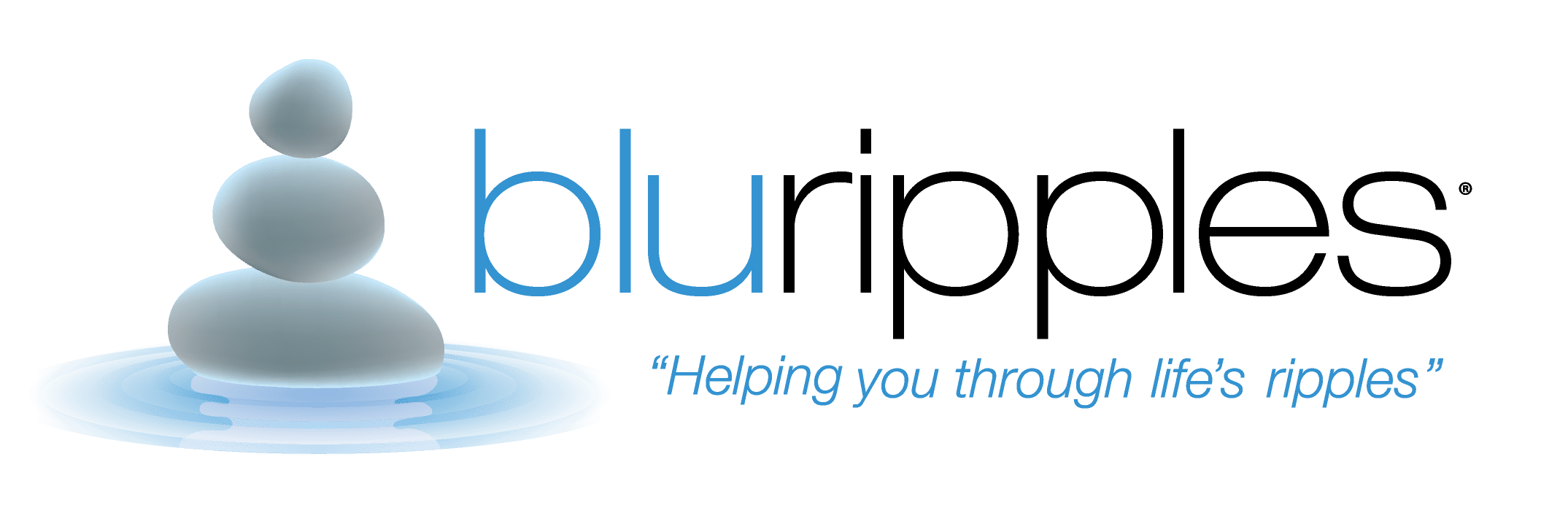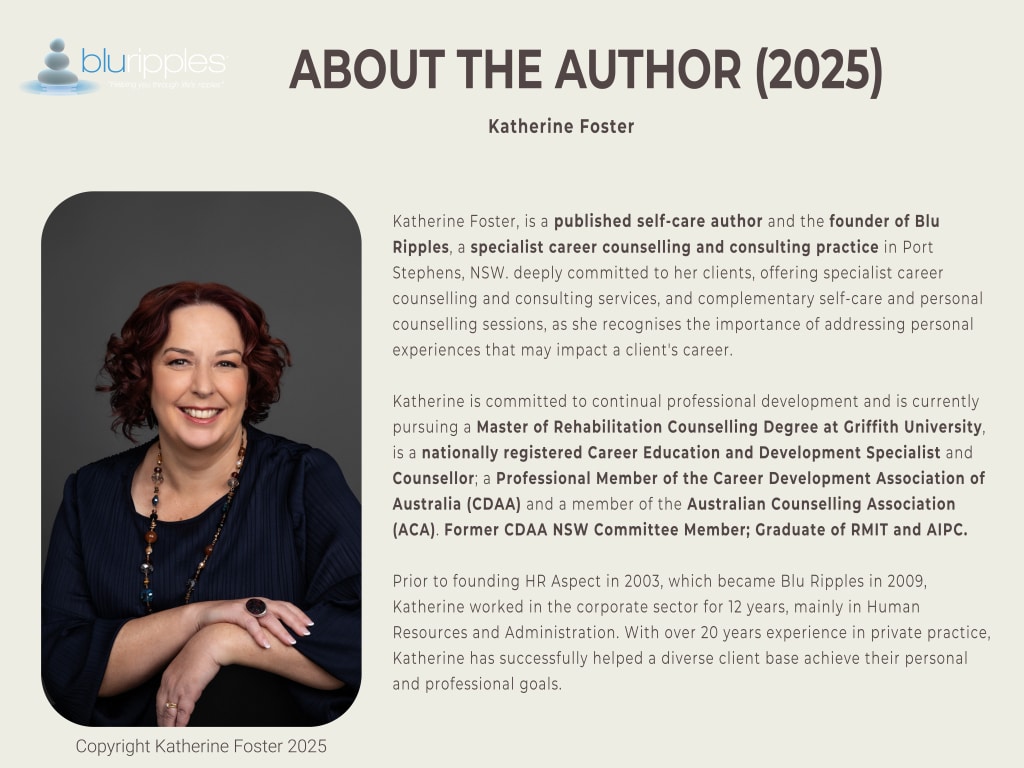Today, I would like to talk to you about Vicarious Trauma.
Vicarious Trauma, in very simple terms, is the emotional and psychological impact of exposure to traumatic incidents and events that do not directly impact you, but through exposure or observation through a third party or medium, you are impacted – you experience second-hand trauma. For example, listening to news reports regarding natural disasters, crime, wars, death and destruction, or professionals being exposed to incidents and accidents as a first responder or listening to the lived with experiences of a client or colleague as an allied health professional.
As a young person, I recall my parents saying how “TV brings the world right into your living room” and how when they grew up, their lives and experiences were different because the news came in the newspaper or they had to go to the movies to see and hear the news. My parents were born pre-World War II, so life was very different.
Today, not only do we have print media and the TV we also have the internet and social media, so where once there was a delay in news stories reaching us, now it is very fast almost instantaneous. Thus, when we hear the same story from the same or different angels of channels of media we are not only taking in the visual images but the spoken words, the body language, the energy of the person, environment and situation that is unfolding or in the aftermath of the story the lived experience of the event/incident.
So how do we manage, process and heal from vicarious trauma?
Well, that is not an easy question to answer as it is a complex issue, and as an individual, your experiences and reactions are unique to you, so I will not go down that rabbit hole with you today. However, what I will say is that some individuals may say that it is easy to recover from vicarious trauma, simply turn off the TV, social media, stop reading or engaging in the conversation regarding the event; and yes while distraction may work for a little while it is not going to help you process and heal long term. Think of it like this, vicarious trauma is like an octopus, it’s tentacles can reach out to multiple areas of our lives (consciously and subconsciously) and impact our lives for example through our thoughts (cognitions) – our mind tapes replaying the messages we have seen or hear over and over again or our fears for that matter thereby increasing our anxiety and/or possibly impacting our mood which in turn impacts our sleep relationships, physical and psychological wellbeing in the short and long term if we fail to address the issue at hand.
Thus, when we experience vicarious trauma, it is important that we self-care, check in with ourselves by paying attention to our thoughts, feelings and emotions in the now and also comparing them to how you felt prior to the incident or event. Thus, in my practice and self-care workbook, I promote the use of sliding scales to identify, track and monitor your feelings. For those of you who do not have a copy of my self-care workbook a sliding scale is about ranking your feelings or distress from 1 to 10 on a scale. 1 is the best you have ever felt, and 10 is the worst you have ever felt. Depending on your individual situation, you may want to track your feelings or distress, daily or weekly, and then take this out to a bi-monthly, monthly, or quarterly basis, noting the differences over time.
This simple activity will also provide you with baseline information to share with your local doctor (GP), qualified mental health or allied health professional, particularly if you expand on the scale and write a few words next to each entry. While your doctor, (GP, qualified mental health or allied health professional will undertake their own assessment and exploration of the presenting situation and symptomology (signs and symptoms) this information is a good starting point and will help open up communication.
In the meantime, here are some self-care and therapeutic strategies to consider:
In the interim, besides the slide scale you may also want to explore some self-care and therapeutic strategies. A couple of therapeutic strategies that come to mind include: –
• Eye Movement Integration Therapy (EMIT) and Eye Movement Desensitisation and Reprocessing Therapy (EMDR) are both bilateral stimulation therapies renowned for their work in Trauma. However, both therapies require practitioners to have specific accreditations.
Another bilateral stimulation technique is tapping, in particular the Butterfly Technique.
• The Butterfly Technique (also known as Butterfly Hug [Artigas & Jareo, 2014]) is a simple and effective technique that can be incorporated into EMDR or other therapies. Alternatively, you can perform the technique on yourself without the assistance of a therapist.
To perform the Butterfly Technique: –
o Cross your arms over the top of your chest, fingers closed and flat, resting slightly below your collarbone
o Close your eyes
o Softly, slowly and rhythmically tap one side and then the other
o Repeat this pattern for a couple of minutes, stop then
o Slowly ground yourself and open your eyes
What did you notice?
Hopefully, you noted that the rhythmic tapping de-escalated your feelings and intensity of anxiety, which in turn has helped you to ground yourself and restore your emotional equilibrium.
If this blog article resonated with you, please be gentle and kind with yourself. These are challenging times we are living in; if you are struggling please reach out to your doctor (GP), qualified mental health or allied health professional; an Employee Assistance Program (EAP) service provider through your work, a 24/76 counselling hotline service, or if you are experiencing concerning or suicidal thoughts please go to the emergency department of your local hospital.
Remember, it is not a sign of weakness but of strength and courage to reach out and ask for help when you are struggling.
Peace to you.
Katherine
Citations
EMDR (2014); https://emdrfoundation.org/toolkit/butterfly-hug.pdf
Shutterstock (2024). Header image licensed June 2025




